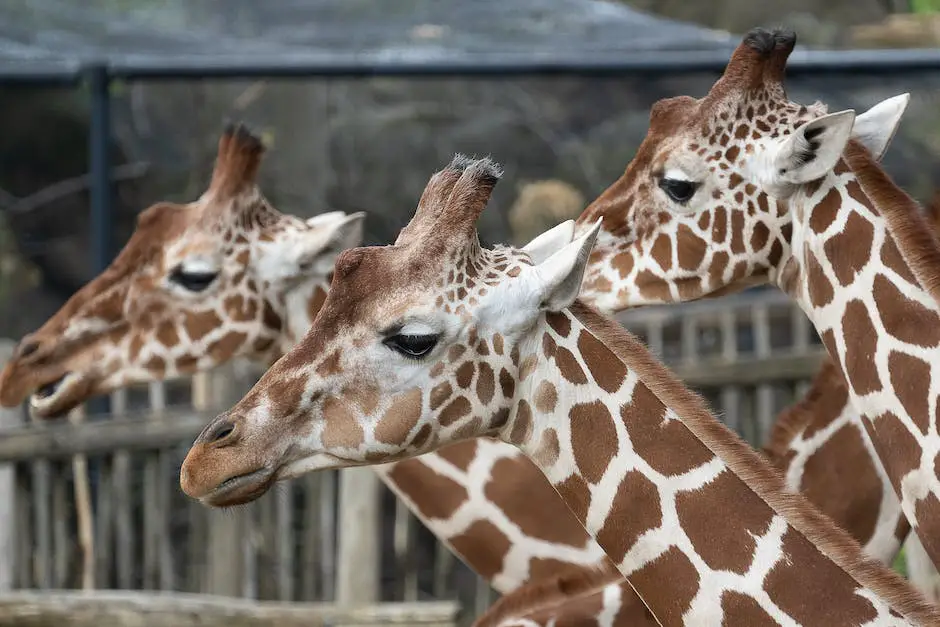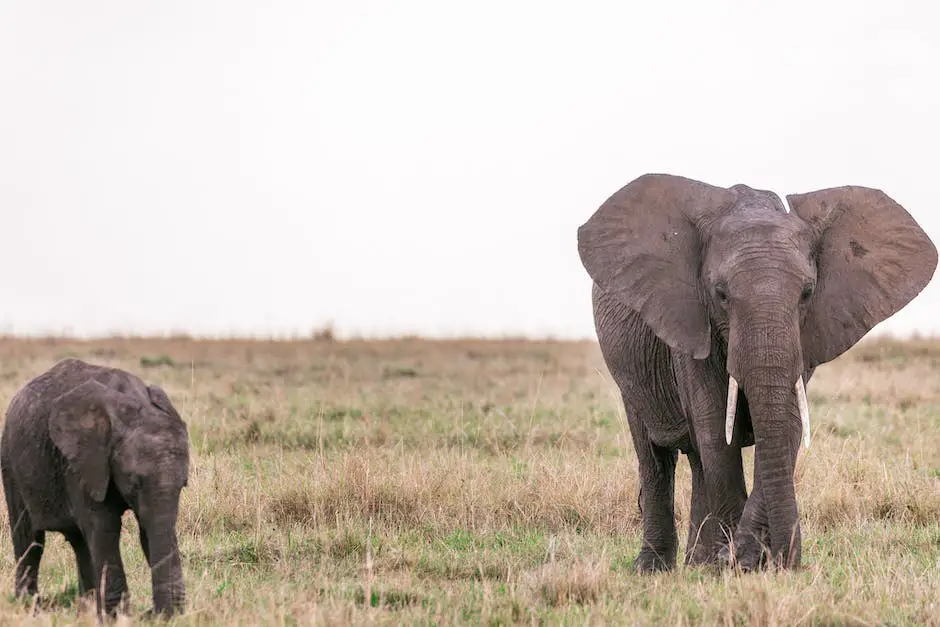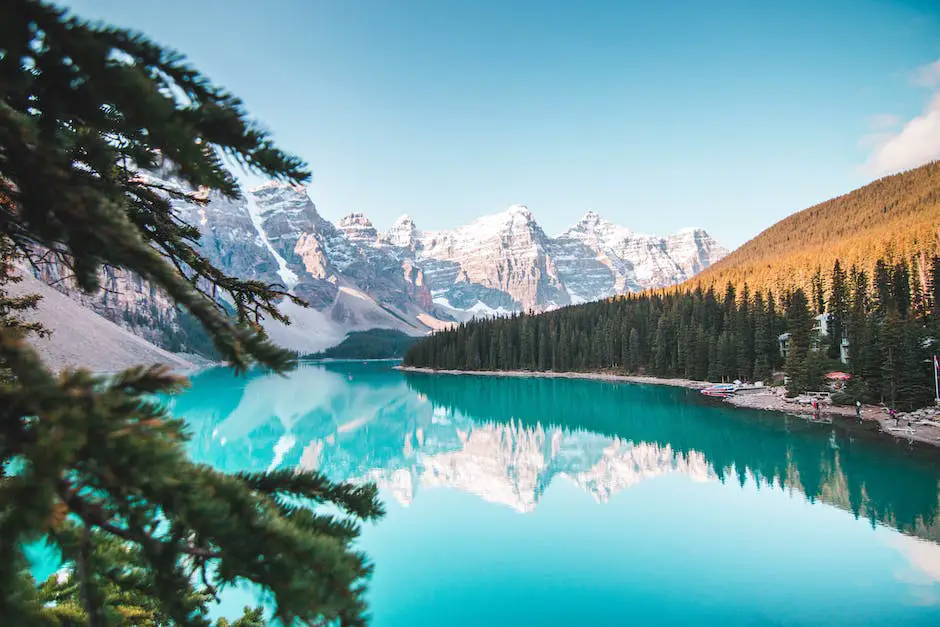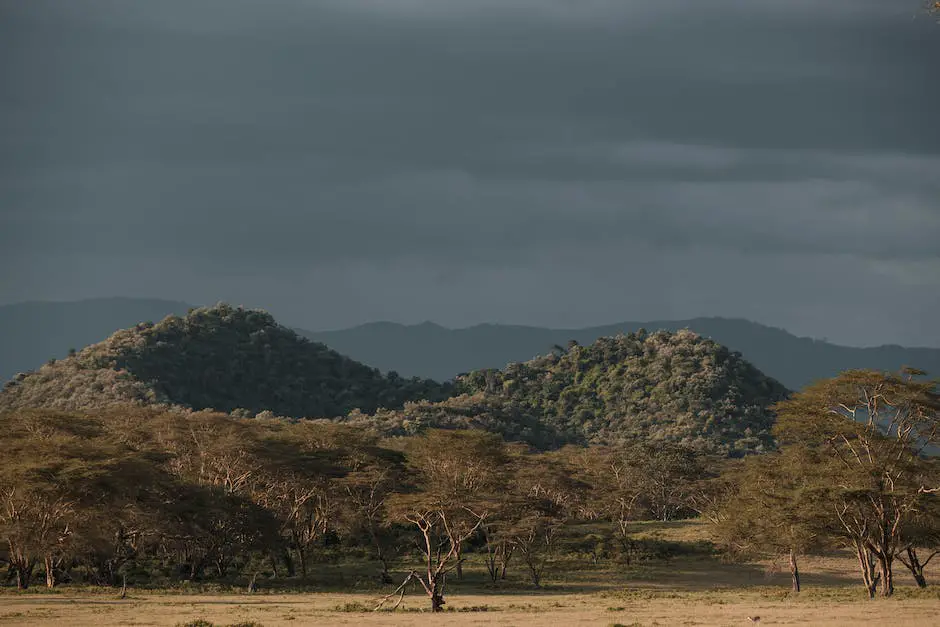Amazing Facts about the African Savanna You Probably Didn’t Know

Immerse yourself in the boundless beauty and amazing facts about the African Savanna, a captivating biome that stretches across 27 countries. A marvel of biodiversity, the savanna is not only a sanctuary for many of the world’s most iconic species but is also studded with distinctive vegetation engineered to thrive in its unique climate. This flora and fauna come together to create a complex ecosystem, underpinned by the dramatic cyclical role of fires. Providing essential nutrients to the soil and regulating vegetation growth, fires are integral to the natural rhythm of the Savanna.
The Diversity of Wildlife in the African Savanna
The Majestic Giants: African Elephants
Truly majestic in their scale and presence, African elephants hold the title of the largest land animals currently on Earth. Adult elephants can weigh up to a hefty 6,350kg and reach 3.3 metres in height at the shoulder. Known for their intelligence and strong family bonds, they’re an iconic sight on the savannas. Their enormous size means they shape their landscape – a walking bulldozer that can create water holes for other animals and pathways through dense vegetation.
The Speed Kings: Cheetahs
One of the most impressive creatures to call the African savanna home is the sleek and speedy cheetah. These phenomenal predators are the fastest land animals, capable of reaching an awe-inspiring speeds up to 60-70 miles per hour. What’s even more astounding is their acceleration – they can reach their top speed in just a few seconds!
Prides of the Plains: Lions
The African lion is often referred to as ‘the king of the jungle’, but these big cats actually prefer the open spaces of the savanna where they can use their excellent eyesight to hunt. Lions live in prides, which are large family units that can include up to three males, a dozen or so females, and their young.
Striped Stars of the Savanna: Zebras
A dazzle of zebras is indeed a dazzling sight to behold when scattered across the African savanna. Their iconic black and white stripes provide a striking contrast against the green backdrop. Each zebra has a unique pattern of stripes, much like a human’s fingerprint. They play a crucial role in these ecosystems, acting as a primary prey species for top predators.
The Long-Necked Grazers: Giraffes
Giraffes, with their incredibly long necks and spindly legs, are a distinctive sight on the African savanna. These animals are the world’s tallest mammals, with even newborns being taller than most humans. Their height allows them to reach the tops of trees for food that other herbivores can’t get to – making them vital for cycling nutrients through the ecosystem.
Laughing Predators: Hyenas
Hyenas might have a reputation as scavengers, but most are actually skilled hunters that make the majority of their own kills. Their strong jaws and teamwork mean they can take down large herbivores and make short work of the carcass.
With such an impressive array of wildlife, it’s no wonder that the African savanna is a destination of choice for wildlife enthusiasts and nature documentary filmmakers alike. The dynamic interplay of predator and prey, the unique adaptations of the wildlife, and the raw beauty of the landscape offer a compelling view of nature’s majesty.

The Unique Vegetation of the African Savanna
Unique Adaptations of the African Savanna Vegetation
Venturing the diverse landscapes of the African Savanna, one might find it limiting to only consider the grasslands sprinkled with the iconic umbrella-shaped acacia trees. The reality is far more captivating, with the savanna teeming with an assortment of unique vegetation that have adapted ingeniously to ensure survival in the harsh environment.
It’s the survival of the fittest in the savanna’s extreme conditions, marked by extended periods of seasonal drought and regular occurrences of wildfires. The plants have evolved several distinctive characteristics to withstand these challenges. For instance, they’ve grown longer tap roots that can burrow deep into the soil in search of water sources during dry spells.
The thick bark of many savanna trees acts as a natural armour against the regular fires. This allows the trees to not only survive frequent infernos but continue thriving amidst them. The small, waxy leaves that adorn several of the savanna plants play a crucial role too. With their unique surface, they are able to hold on to the scarce water, reducing evaporation and making the most of the minimal rainfall the savanna receives.
More fascinatingly, some plants in the African Savanna have embraced the element of fire, developing to be fire-resistant or even fire-dependent. Certain grasses have evolved to rapidly grow after a fire, making the most of the nutrients released. These unique strategies have enabled them to not only survive but thrive in the challenging conditions of the savanna, contributing to its rich ecological diversity.
Through deeper understanding, the picture of the African Savanna diverges from a simple grassy plain and begins to portray a diverse, tough, adaptable and complex system of plant life, each playing a significant role in supporting the intricate web of savanna’s ecosystem. Here, every adaptation illustrates a remarkable tale of evolution and survival.

The Role of Fires
The Vital Role of Fire in the African Savanna
On the African savanna, fire is more than just a destructive force – it’s a crucial part of the ecosystem’s ongoing lifecycle. Most commonly erupting during the dry season, these wildfires recycle vital nutrients back into the parched soil, nourishing the vast expanses of grassland.
Survival and Adaptation Amid Flames
Many of the native plants have honed their survival skills over thousands of years, evolving to not only withstand the frequent fires, but to actually need them. Some species, in fact, are fire-dependent, relying on these periodic conflagrations to stimulate their growth and trigger seed dispersal. This counterintuitive survival strategy ensures that, even after a fire has swept through an area, life will spring back up in its wake.
Preservation of the Grassland through Fire
While it may seem like a destructive force, fire is actually a regulatory body within the savanna ecosystem – the flames keep the growth of shrubs and trees in check. Without this natural pruning system, these larger plants could eventually take over and disrupt the balance of species. By keeping shrub and tree growth under control, the fires preserve the savanna’s distinct open grassland environment. This ensures ample grazing area for the savanna’s herbivorous inhabitants and maintains sight-lines for predators, as well as their prey.
Fires: The Natural Recycler of the African Savanna
Despite its destructive reputation, fire plays a key role in sustaining the African Savanna. The flames regulate plant life, stimulate growth, aid seed dispersal and recycle vital nutrients back into the ground. In short, without these seasonal wildfires, the savanna as we know it could not exist.

Unveiling the African Savanna’s wonders compels one to appreciate the harmonious balance that nature deftly maintains. The plethora of species, each with its own purpose, the resilient vegetation dotting the landscape, and the elemental rhythm of the fires collectively contribute to a thriving ecosystem that is vibrantly alive. The savanna, though often seen as just a grassy plain, is in truth a testament to nature’s adaptive capabilities and to life’s audacious tenacity in the face of adversity. Taken together, these realities weave an intriguing tapestry that makes the African Savanna truly a miracle of nature.
